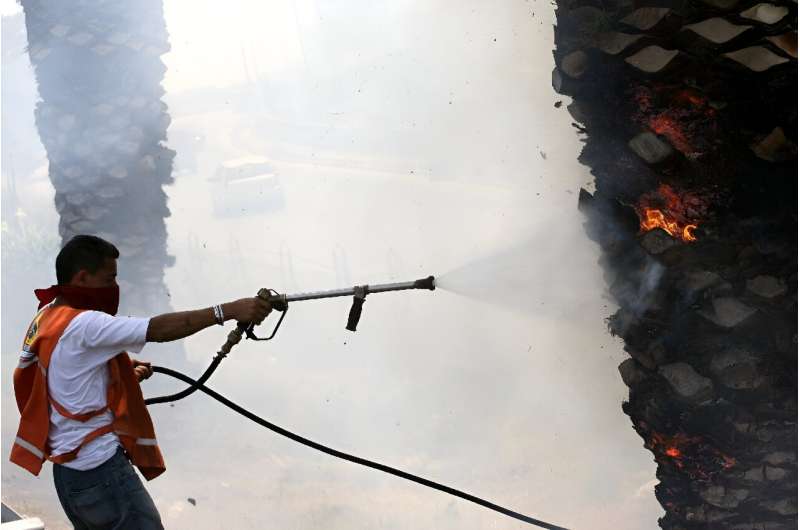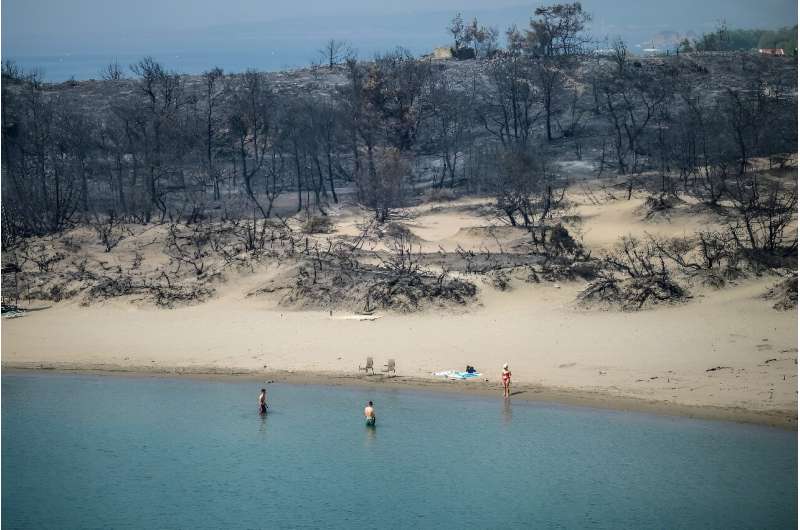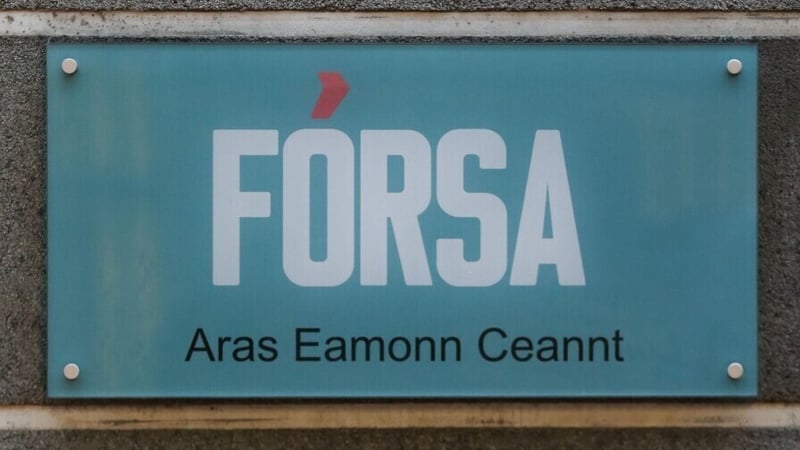UN confirms Europe hit record high temperature in 2021

The World Meteorological Organisation confirmed on Tuesday that continental Europe recorded in 2021 its highest ever temperature of 48.8 degrees Celsius (119.8 Fahrenheit), and warned that new extremes were expected.
The searing heat on August 11, 2021, was nearly one degree Celsius higher than the previous record peak of 48C registered on July 10, 1977 in the Greek cities of Athens and Elefsina, it said.
That 1977 record was not independently verified by the WMO.
"An international panel of atmospheric scientists verified the temperature recorded by an automated weather station in Syracuse on the Italian island of Sicilia (Sicily)," the United Nations' weather agency said.
"It is possible, indeed likely, that greater extremes will occur across Europe in the future," said Professor Randall Cerveny, rapporteur on climate and weather extremes for the WMO.
"This investigation demonstrates the alarming tendency for continuing high temperature records to be set in specific regions of the world."
With human-caused emissions heating the planet, Europe is warming around twice as quickly as the world average—2.2 degrees Celsius over the past five years compared to the pre-industrial era.
Snapshots of our climate
The WMO said it had taken until now to certify the 2021 record because the agency took "meticulous care" to ensure it was accurate.

New confirmed records are incorporated into the WMO's authoritative yearly State of the Climate report, which informs top-level decisions on how to tackle global heating.
"Such painstaking evaluation provides the critical confidence that our global records of temperatures are properly being measured," the WMO said.
"New adjudicated records provide an authoritative benchmark for comparing record extremes for the annual WMO State of the Climate reports at global and regional scales."
Scientists say extreme weather—including heat waves, droughts and floods—is becoming increasingly frequent as the climate heats up, taking a toll on economies and ecosystems, health, farming and water supplies.
The agency's findings on the 2022 heat record were published in the International Journal of Climatology.
The WMO experts are currently conducting checks on a number of other extremes—"snapshots of our current climate"—including whether Tropical Cyclone Freddy broke the record last year as the longest-lasting tropical cyclone.
© 2024 AFP



:focal(700x527:701x528)/https://tf-cmsv2-smithsonianmag-media.s3.amazonaws.com/filer_public/e0/f9/e0f94982-7367-4182-9685-447e8ae36f79/lia.jpg)
/https://tf-cmsv2-smithsonianmag-media.s3.amazonaws.com/filer_public/62/e5/62e59682-b6f7-4cd5-af64-12a55d746c4e/cornelis_jacobsz_van_culemborch_-_kruiend_ijs_te_delfshaven_-_11113_-_museum_rotterdam.jpeg)
/https://tf-cmsv2-smithsonianmag-media.s3.amazonaws.com/filer_public/ab/f2/abf22841-4c4d-4159-9733-7a76e3d07bd5/ycba_6bbfe905-992f-459d-a207-10a5a96b6329.jpeg)
/https://tf-cmsv2-smithsonianmag-media.s3.amazonaws.com/filer_public/b9/b2/b9b2ee48-87b5-498c-870a-af0fa64fecc9/paolo_veronese_-_the_madonna_of_the_cuccina_family_-_google_art_project.jpeg)
/https://tf-cmsv2-smithsonianmag-media.s3.amazonaws.com/filer_public/39/a9/39a9b545-4916-47b1-83db-8efd44edf5af/1280px-johannes_vermeer_-_gezicht_op_huizen_in_delft_bekend_als_het_straatje_-_google_art_project.jpeg)
/https://tf-cmsv2-smithsonianmag-media.s3.amazonaws.com/filer_public/36/fc/36fc1b4c-3fb6-47fd-aabe-eb1f6e967a8f/2560px-pieter_bruegel_the_elder_-_hunters_in_the_snow_winter_-_google_art_project.jpeg)
/https://tf-cmsv2-smithsonianmag-media.s3.amazonaws.com/filer_public/79/64/79643607-750e-4461-87c5-67f2a1085ae7/bruegel_pieter_i_-_winterlandschap_met_schaatsers_en_vogelknip_1565.jpeg)
/https://tf-cmsv2-smithsonianmag-media.s3.amazonaws.com/filer_public/8e/44/8e449fc1-6953-4dcf-b39b-cdaeb5449952/hendrick_avercamp_-_winterlandschap_met_ijsvermaak.jpeg)
/https://tf-cmsv2-smithsonianmag-media.s3.amazonaws.com/filer_public/7b/23/7b23ab0a-8abd-4062-aa0b-1b771d67717e/hendrick_avercamp_-_ijsvermaak_bij_een_stad.jpeg)
/https://tf-cmsv2-smithsonianmag-media.s3.amazonaws.com/accounts/headshot/tim.png)
